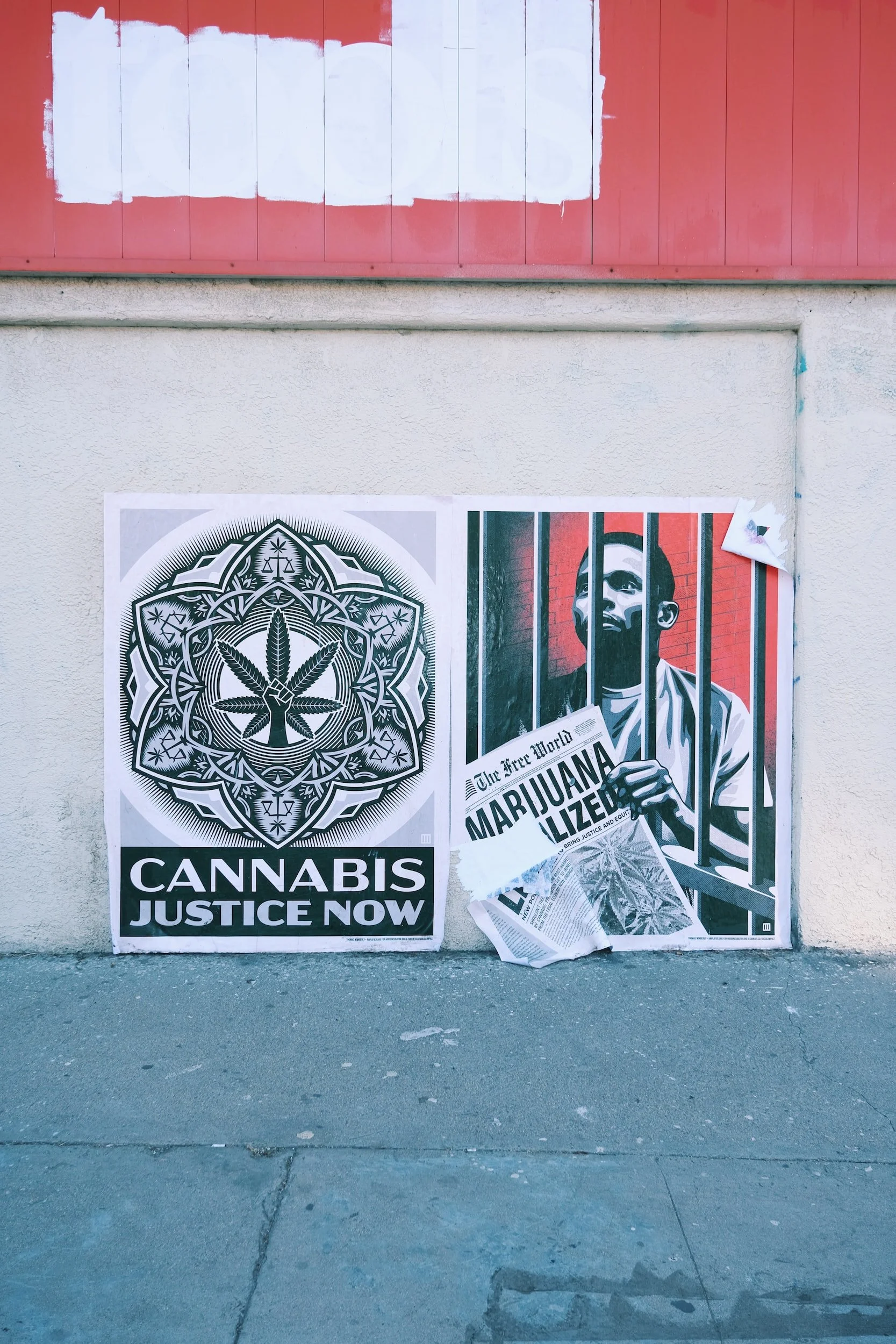The Blunt Truth
Cannabis, commonly known as marijuana, has a long history of use for medicinal and recreational purposes. However, in recent history, it has become a controversial substance, and the legality of the drug has been debated by lawmakers, scientists, and activists alike. In the early 20th century, many countries, including the United States, outlawed marijuana. The reasons behind this prohibition have been the subject of much analysis and discussion, with several factors likely contributing to the decision to outlaw the drug.
One of the primary factors behind the outlawing of marijuana was growing anti-immigrant sentiment. In the early 20th century, Mexican immigrants brought with them the cultural practice of smoking marijuana for both recreational and medicinal purposes. This led to an association between marijuana use and Mexican immigrants (Caulkins, Hawken, Kilmer, & Kleiman, 2012). Many white Americans feared that the influx of Mexican immigrants threatened their way of life, and marijuana was seen as a symbol of that threat (Nadelmann, 1989). In addition, racial prejudice within the United States added fuel to the fire. African American jazz musicians in the early 1900s were known to use marijuana, and again, white people developed an association between the drug and the group (Bonnie & Whitebread, 1970).
In the 1930s, newspaper publisher William Randolph Hearst launched a campaign against marijuana, using his newspapers to spread negative and false information about the drug (Bonnie & Whitebread, 1970). Hearst portrayed marijuana as a dangerous and addictive substance that caused people to become violent and engage in criminal behavior. This propaganda essentially created a moral panic around marijuana, which contributed to its eventual prohibition. Hearst’s campaign was largely motivated by his personal vendetta against the growing hemp industry. He feared it would replace timber, in which Hearst had considerable financial investments. (Bonnie & Whitebread, 1974).
The media also played a significant role in the demonization of marijuana. In the early 20th century, there was growing concern about the effects of drugs, including marijuana, on the human brain and behavior. Many people believed that marijuana use led to insanity, violence, and other dangerous behaviors. These concerns were fueled by sensational media coverage of violent crimes committed by people who were believed to have used marijuana (Himmelstein & Bonn-Miller, 2019).
The Marihuana Tax Act of 1937 was the federal law that effectively made marijuana illegal in the United States. The act imposed incredibly strict regulations on the cultivation, sale, and possession of marijuana, and required anyone involved in the marijuana trade to obtain a special tax stamp. However, the federal government made it virtually impossible to obtain these stamps, making marijuana practically illegal. The motivations behind the Marihuana Tax Act were complex, and likely included concerns about public health and safety, as well as political considerations. Some historians have suggested that the act was driven in part by a desire to strengthen the power of the federal government and consolidate control over certain industries (Bonnie & Whitebread, 1970).
The reasons behind the outlawing of marijuana in the United States were multifaceted and complex. Racial prejudice, anti-immigrant sentiment, media campaigns, and concerns about public health and safety all played a role in prohibiting the drug. While some of the concerns about marijuana's effects on the human brain may have been well-founded, the demonization of the drug was largely based on misinformation and prejudice. It is important to understand the historical context of its prohibition and to critically evaluate the evidence around its risks and benefits. Today, attitudes towards marijuana are changing, as more and more states legalize the drug for medicinal and recreational use. It remains to be seen whether the federal government will follow suit.
References:
Bonnie, R. J., & Whitebread, C. H. (1970). The Marihuana Conviction: A History of Marijuana Prohibition in the United States. Charlottesville: University Press of Virginia.
Caulkins, J. P., Hawken, A., Kilmer, B., & Kleiman, M. A. R. (2012). Marijuana Legalization: What Everyone Needs to Know. New York:
Himmelstein, M. S., & Bonn-Miller, M. O. (2019). The Past, Present, and Future of Medical Cannabis in the United States. Clinical Psychology Review, 73, 101778.
Nadelmann, E. A. (1989). Drug Prohibition in the United States: Costs, Consequences, and Alternatives



